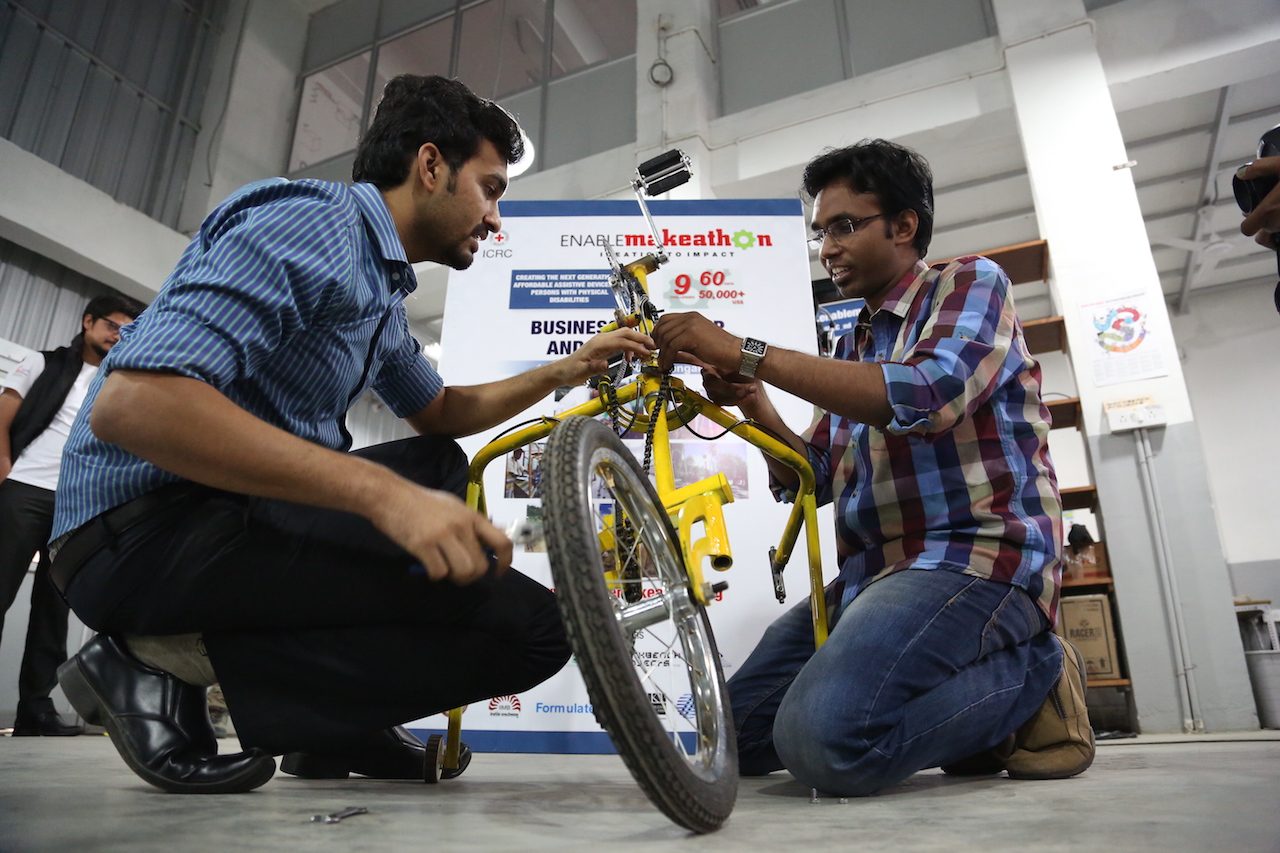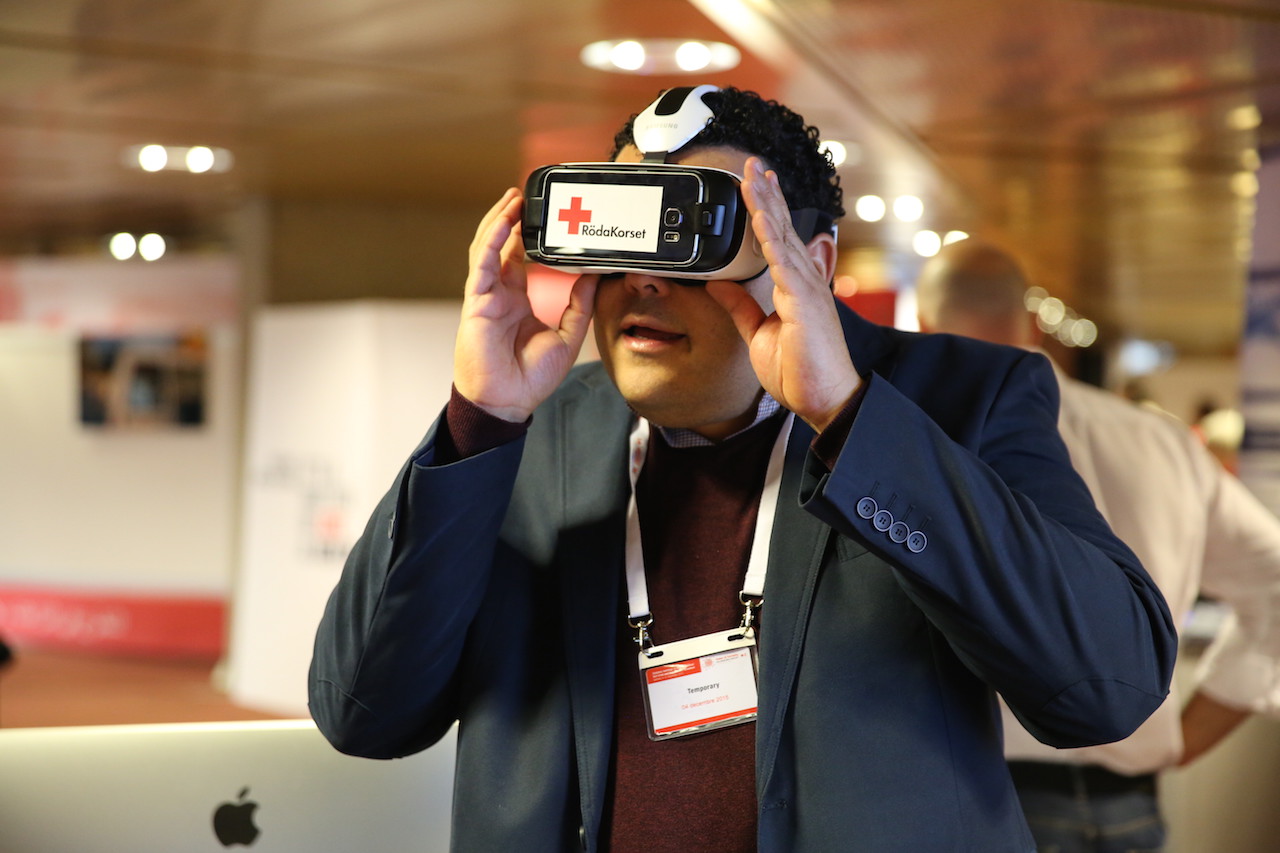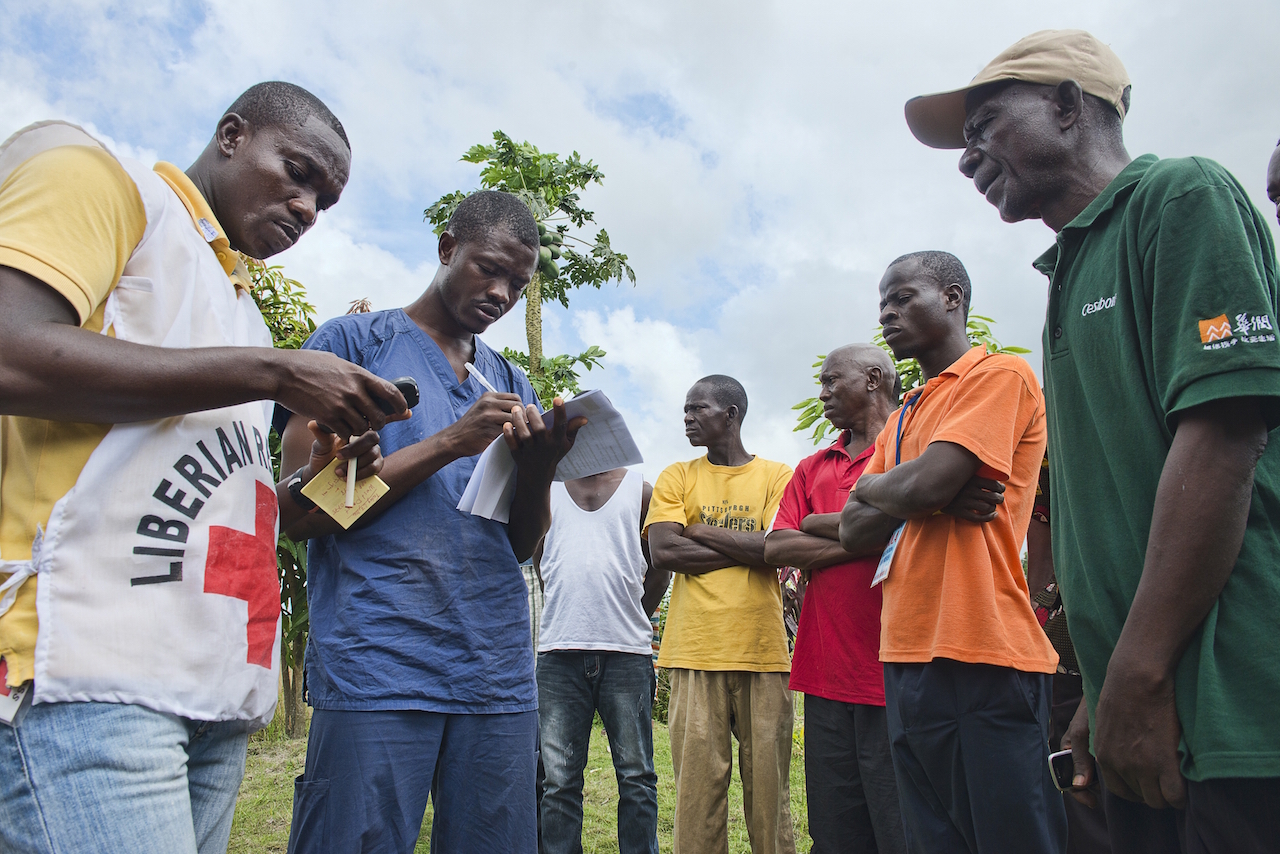It’s a given that mobile phones have changed nearly every aspect of life, from banking to finding one’s way when lost. They are also a staple part of the humanitarian toolkit, used for data collection, cash transfers and mapping, among many other things. Likewise, drones or ‘unmanned aerial vehicles’ have received a lot of attention in humanitarian circles because of their potential for doing field assessments or for bringing aid such as medical supplies to places where access is difficult.
But the focus of humanitarian innovation is rapidly widening. As aid agencies’ use of mobile phones in their work is becoming more sophisticated, their understanding of how to use, or not use, drones is also evolving. During much of this process, however, humanitarians have largely been beneficiaries of technologies already developed in the private sector.
But that is changing as more humanitarian organizations seek to drive technological change or at least to better understand developing technologies and apply them more quickly in the field. After all, mobile phones were ubiquitous in many parts of the world for a long time before they became part of the aid workers’ toolkit.
Getting ahead of the curve, and working with local communities to best understand their needs, also puts everyone in a better position to ensure that the technologies being developed empower local communities and don’t create new vulnerabilities. This is a key idea behind the Red Cross Red Crescent’s ‘principled approach to innovation’, in which humanitarian values are placed at centre of the creative process.
But not all innovations involve gadgets or computer software. New platforms for sharing developments, such as the recently launched Movement website RedInnovation.org, aim to tackle problems through crowdsourcing, posing questions to fellow humanitarians about challenges such as how to develop a water purification system “that can be set up within a short period of time and continue to function for a long time without the need for maintenance… The heavy machines, tablets and filter systems [available] cannot yet provide this solution.”
Technology becomes an enabler for that most ancient of innovative incubators — conversation and brainstorming — but at a global scale.
When it comes to engineering humanitarian solutions, the answers sometimes have less to do with new gizmos than with new attitudes, behaviours, management or partnership models. Here are a few interesting innovations cropping up around the Movement.
 Red Cross Red Crescent magazine
Red Cross Red Crescent magazine 







